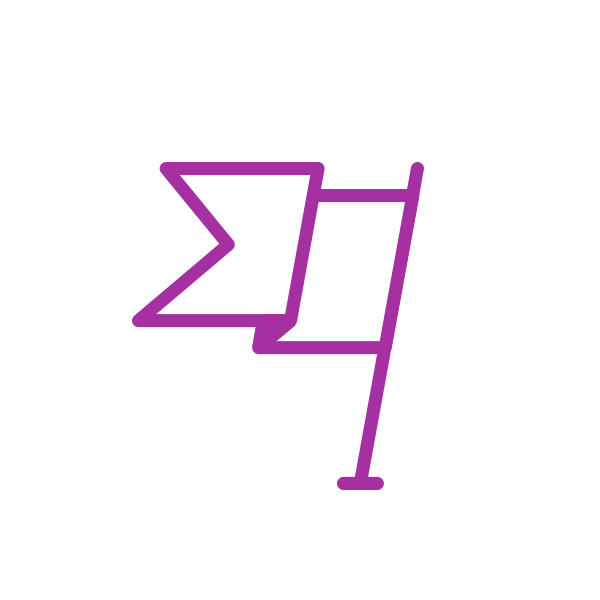In today’s business world, responding quickly to constant change is essential. Teams are going remote, new rules are appearing almost daily, and expectations – especially those of your employees – are steadily rising. Many leaders feel that their old HR tools simply can’t keep up. That’s where cloud-based HRMS comes in.
It’s not just another piece of modern HR software. Done right, it helps companies cut out the noise, focus on people, and stay competitive. In the next sections, I’ll show you how HR automation software is changing the way businesses handle HR – and why it might be the step your company needs next.
What Exactly Is a Cloud-Based HRMS?
Let’s keep it simple. A Human Resource Management System (HRMS) is software that helps HR teams keep everything in order. When it’s cloud-based, you don’t need to be in the office or tied to one computer – it’s available anywhere.
Think about the whole employee journey:
- hiring and onboarding
- payroll and compliance
- performance and growth
- engagement and everyday support.
All of it can live in one place instead of being scattered across spreadsheets or outdated tools.
Unlike old systems that demand endless updates and IT fixes, a cloud-based HRMS grows with you. Updates happen in the background, security is handled by experts, and scaling up doesn’t mean starting over. And that’s exactly why so many leaders now see it as more than just software – it’s a practical way to keep HR moving at the same speed as the business.
Why Modern Businesses Turn to Cloud-Based HRMS
Today, the problem of poorly managed employee experience is prevalent. As a result, there is a risk of “quiet quitting”: Twenty percent of employees are unhappy, yet only seven percent plan to quit.
For leaders, this is a clear warning: salary and hours alone don’t define the employee experience. What truly matters is safety, balance, and the quality of daily relationships. That’s why many companies move beyond spreadsheets. A cloud-based HRMS makes it easier to see how people are doing and to act before issues like burnout take hold.
At the same time, executives are also focused on efficiency. Manual processes slow things down and create errors. You may feel productive when multitasking. However, this feeling is often misleading and can actually result in exhaustion. The better alternative is to use tools that take over repetitive work. That’s exactly what HR automation software delivers – by removing the admin burden, it frees teams to focus on strategic, people-centred initiatives.
Efficiency in Administration and Small Business Advantage
Here’s where I want to pause and address two specific aspects: efficiency in HR administration and the benefits of HRMS for small business.
If you’re leading a smaller organisation, you probably wear many hats – strategist, recruiter, mentor, sometimes even payroll officer. For small businesses, administrative tasks can truly eat up time for growth. With an HRMS software for small business, on the other hand, you can automate routine work, keep things organised, and help your teams operate like larger companies without extra hires.
For larger organizations, efficiency means maintaining consistent policies, aligning processes across departments, and ensuring reliable reporting. In both cases, cloud-based systems transform administrative tasks from a burden into a valuable business tool.
Beyond Payroll: Why HRMS Is More Than Software
Let me guess. It’s easy to consider an HRMS just another tool. But wait. In reality, it’s much more than that. When you bring core your HR activities into a shared, single system, leaders finally gain insights that actually guide business decisions. For instance:
- recruitment data can show which channels bring the best candidates,
- while performance tracking can highlight skill gaps before they affect productivity, and so on.
Using technology to manage your team and tasks more effectively is essential for a results-oriented brand development process. You know that for sure. And one technology that has proven vital here is HRMS.
When leaders start seeing HRMS not as a cost but as an investment in people and their productivity, the potential becomes clear. And because it’s cloud-based, integrating with other systems – finance, CRM, or project management – is much smoother. HR doesn’t work in isolation; it becomes part of a connected, intelligent ecosystem.
How HRMS Supports Employee-Centric Growth
Growth isn’t just about finances. It’s also about creating workplaces where people want to stay, contribute, and innovate. Leaders increasingly recognize that engagement and well-being directly impact business outcomes.
To understand what to look for in HR solutions to adopt, it helps to consider market trends. One big trend is platforms that support employee well-being and mental health. Clearly, there’s more importance being placed on showing genuine care for employees.
In practice, this means HR systems need to do more than just keep records. They should allow ongoing feedback, support flexible work, and provide learning opportunities. By doing so, HRMS helps prevent disengagement and builds a culture where people thrive.
And remember, an HRMS isn’t just for big companies. If you are just starting out on your entrepreneurial journey, there are many things you should consider in advance to ensure your business thrives rather than collapses. Laying a proper HR foundation early makes scaling much smoother without losing track of culture or compliance.
Overcoming Resistance to Change
Let’s face it: not every leader jumps on new HR technology right away. Some worry it will be too complicated to set up, others focus on cost, and a few just don’t want to mess with “what’s working.” But here’s the thing: sticking with old systems often ends up costing more in the long run. It slows things down, frustrates your team, and leaves gaps that competitors can take advantage of.
In my experience, resistance usually fades once teams see the real benefits. Modern HRMSs help reduce mistakes, make compliance easier, and give you the data you actually need. And honestly, who wouldn’t want that kind of insight right at their fingertips?
Creating a Cloud-Based HRMS from Scratch
So, here’s a question I hear a lot: should you buy an off-the-shelf HRMS, or build one from scratch? Honestly, it really depends on your business. Ready-made tools are fast to roll out, and yes, they work well for standard needs. But do they fit your unique workflows? Maybe not.
Building a custom system, on the other hand, gives you total control. You get to shape it exactly the way your team works – and make sure it grows as your organization grows. For start-ups, this might sound like a luxury, but actually, it can save money in the long run, especially when you factor in scalability.
With a custom cloud-based HRMS, you can:
- tailor every process to fit your team,
- scale smoothly as you add more people,
- integrate easily with your other tools,
- and keep compliance under control without extra stress.
Even for larger companies, going bespoke makes sense. It keeps workflows aligned, reduces friction, and because it’s cloud-based, updating or expanding the system is surprisingly simple. You don’t have to start from scratch each time something changes.
Final Thoughts: Why HRMS Is Truly a Game Changer?
So, is a cloud-based HRMS really a game changer for modern businesses? Absolutely. It’s not just about digitizing paperwork. It’s first and foremost about changing how organizations connect with their people.
It’s about going beyond administrative efficiency to create a culture of trust, engagement, and growth. It gives CEOs, HR directors, and management teams the visibility and control they need to lead confidently in a constantly changing world.
Used thoughtfully, HRMS stops being “just software” and becomes a real partner. In today’s competitive environment, that partnership could be the difference between thriving and falling behind.



Add comment